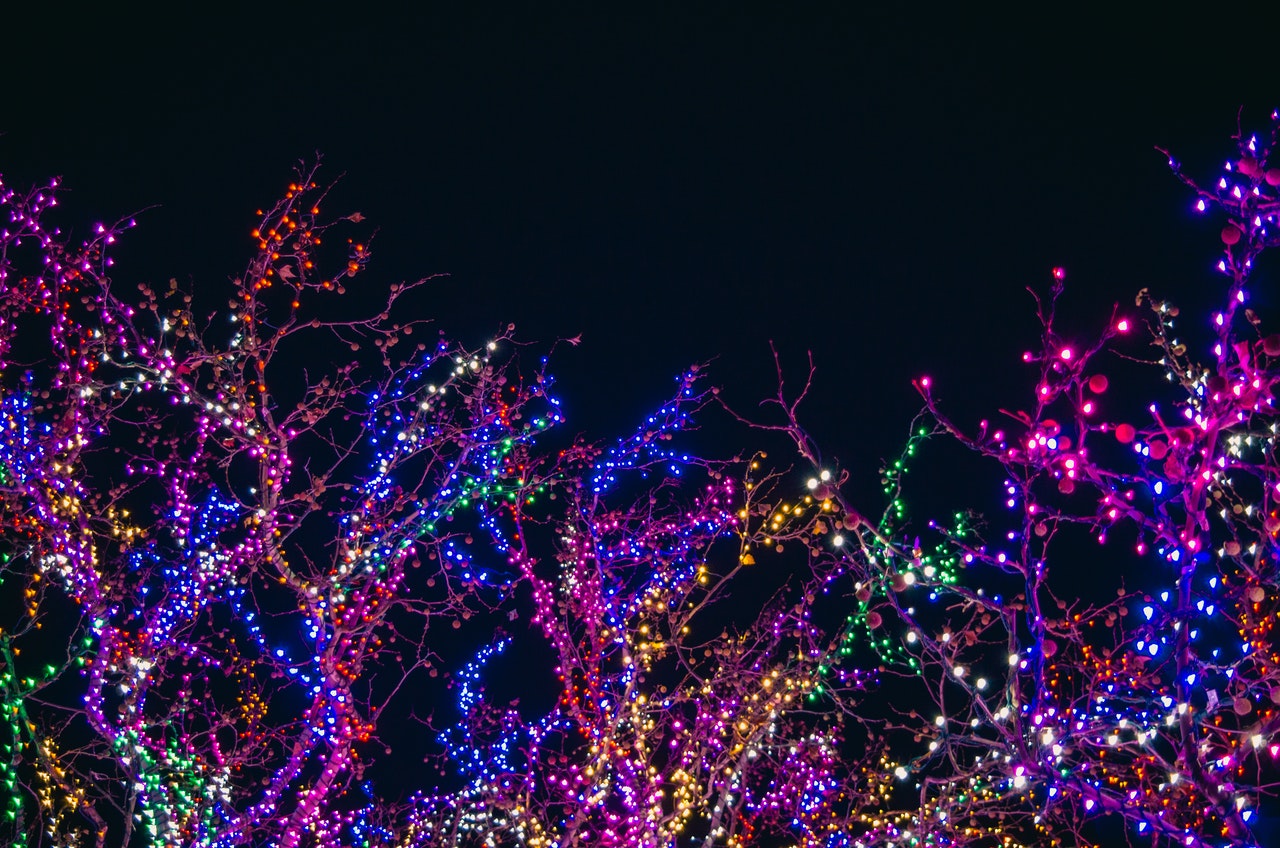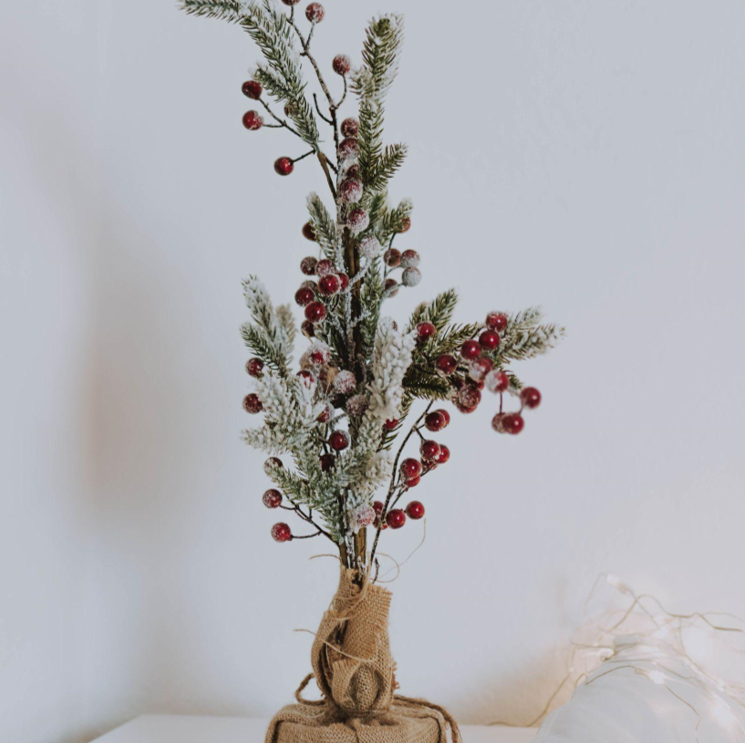The Evolution of Christmas Trees
The tradition of Christmas trees dates back to the 16th century when Germans started decorating trees with candles and candy. The trend soon spread across Europe, and by the 19th century, it had also become a widespread practice in North America.
Initially, real spruce trees were used, but they were hard to come by, and they often dried out before the holiday season ended. To solve this, people started to opt for artificial trees made from feathers, wire, and goose feathers in the early 20th century.
Artificial trees have come a long way in various shapes, sizes, and materials. However, PVC is the most popular material used to make artificial trees as it is durable and lightweight, making it easy to assemble and store. Plus, it is also eco-friendly as it can be recycled.
The Advantages of Artificial Christmas Trees
Choosing an 6 foot artificial Christmas tree made from durable and eco-friendly materials, such as PVC, has many benefits.
1. Cost-effective: While the upfront cost of an artificial tree may seem high, it can ultimately be more cost-effective than purchasing a real tree every year. Real trees cost an average of $75-$100, while artificial trees can cost anywhere from $50 to $500, depending on the size and quality.
2. Durability: Artificial trees can last for years, making them a far better investment than real trees that dry out and die yearly. Additionally, they are less susceptible to damage from pets or small children than real trees.
3. Convenience: Artificial trees are easy to assemble and store, which saves time, effort, and space. They are also available in pre-lit or unlit options, which means less hassle and mess.
4. Eco-friendly: While real trees are often 100% biodegradable and can be recycled, their transportation and disposal can harm the environment. Artificial trees, on the other hand, can be reused for many years, making them an eco-friendlier option.
5. Customization: Artificial trees come in a wide range of styles, colors, and sizes, making them an excellent option for people with specific preferences. Whether you want a traditional green tree or a trendy rose gold tree, there is an artificial tree for everyone.
In conclusion, the evolution of Christmas trees has come a long way, and artificial trees made from durable and eco-friendly materials are gaining popularity. They offer many benefits, including cost-effectiveness, durability, convenience, eco-friendliness, and customization. So, why switch to an artificial tree this holiday season and make an investment that will continue giving for years?

